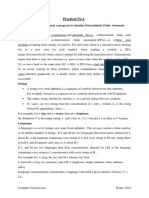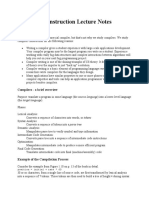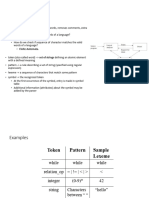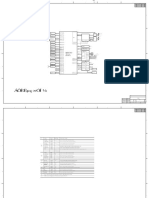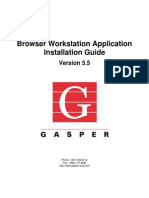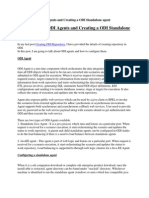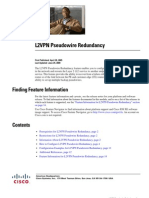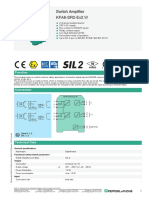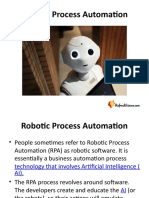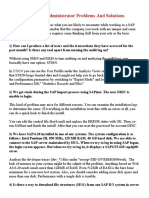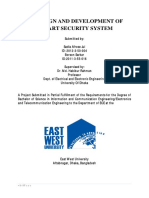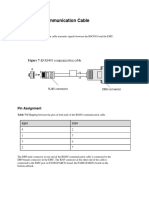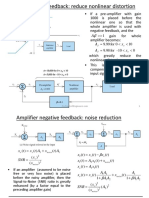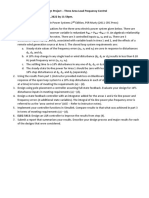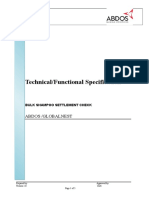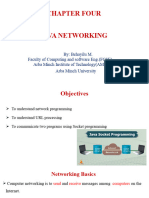0% found this document useful (0 votes)
135 views48 pagesCompiler Design & Finite Automata
The document discusses compiler design and language processing systems. It defines a compiler as a program that translates a program in one language (the source language) into an equivalent program in another language (the target language). An interpreter directly executes the source program without translation. The document compares compilers and interpreters, and describes the different phases, categories, and passes of compilers. It also discusses finite automata, regular expressions, and bootstrapping in compiler design.
Uploaded by
Shubham DixitCopyright
© © All Rights Reserved
We take content rights seriously. If you suspect this is your content, claim it here.
Available Formats
Download as PDF, TXT or read online on Scribd
0% found this document useful (0 votes)
135 views48 pagesCompiler Design & Finite Automata
The document discusses compiler design and language processing systems. It defines a compiler as a program that translates a program in one language (the source language) into an equivalent program in another language (the target language). An interpreter directly executes the source program without translation. The document compares compilers and interpreters, and describes the different phases, categories, and passes of compilers. It also discusses finite automata, regular expressions, and bootstrapping in compiler design.
Uploaded by
Shubham DixitCopyright
© © All Rights Reserved
We take content rights seriously. If you suspect this is your content, claim it here.
Available Formats
Download as PDF, TXT or read online on Scribd
/ 48






















